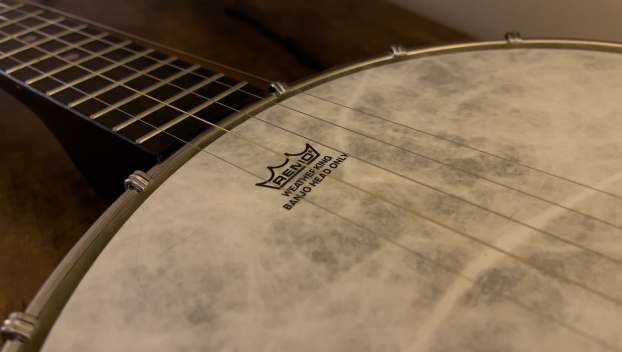
Lifestyles
Choosing your first banjo
The banjo was popularized by the likes of Earl Scruggs, Charlie Poole, Snuffy Jenkins, and other banjo revolutionaries ... Read more

The banjo was popularized by the likes of Earl Scruggs, Charlie Poole, Snuffy Jenkins, and other banjo revolutionaries ... Read more